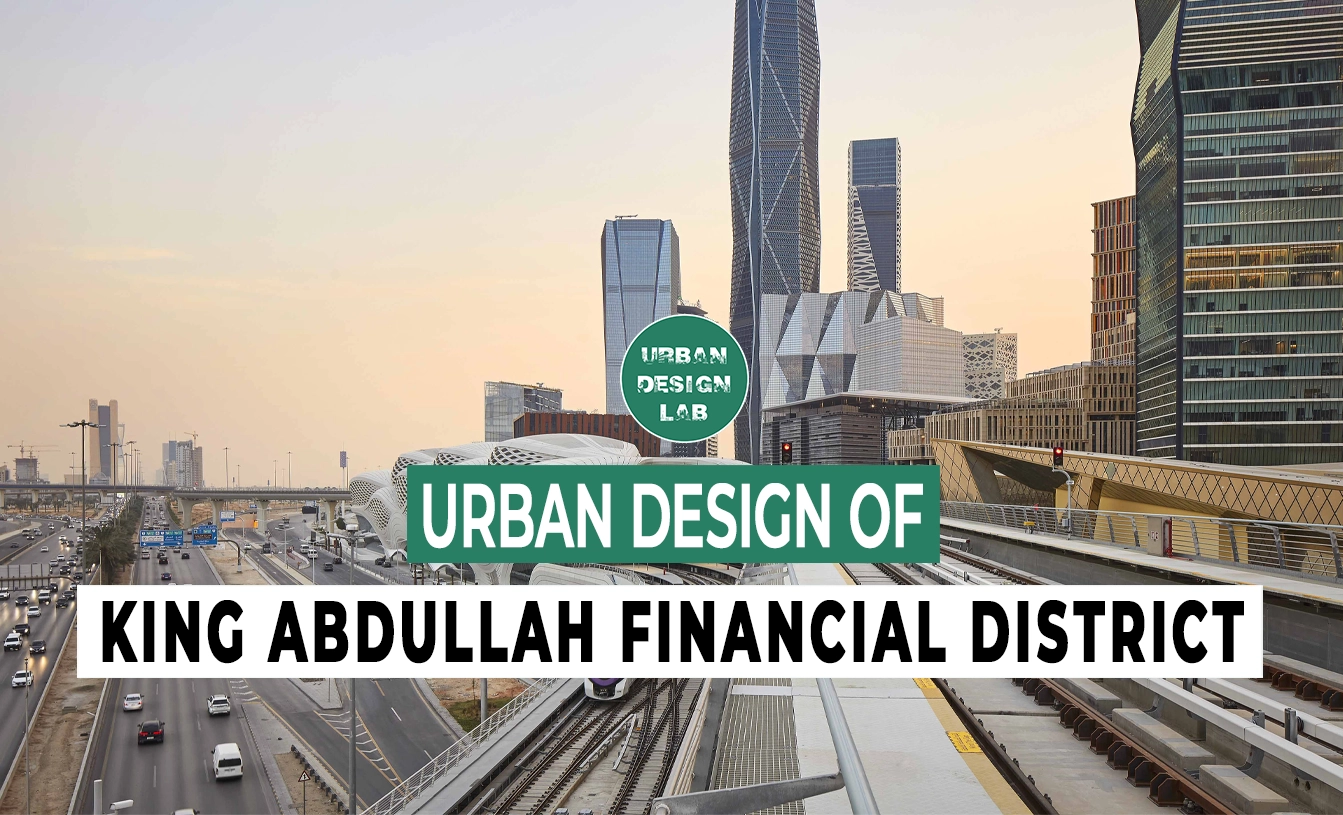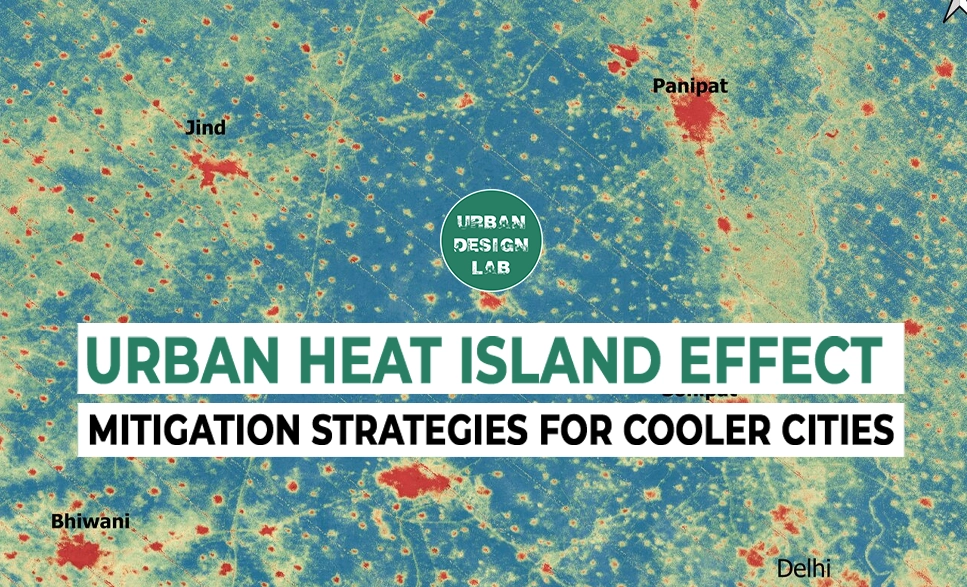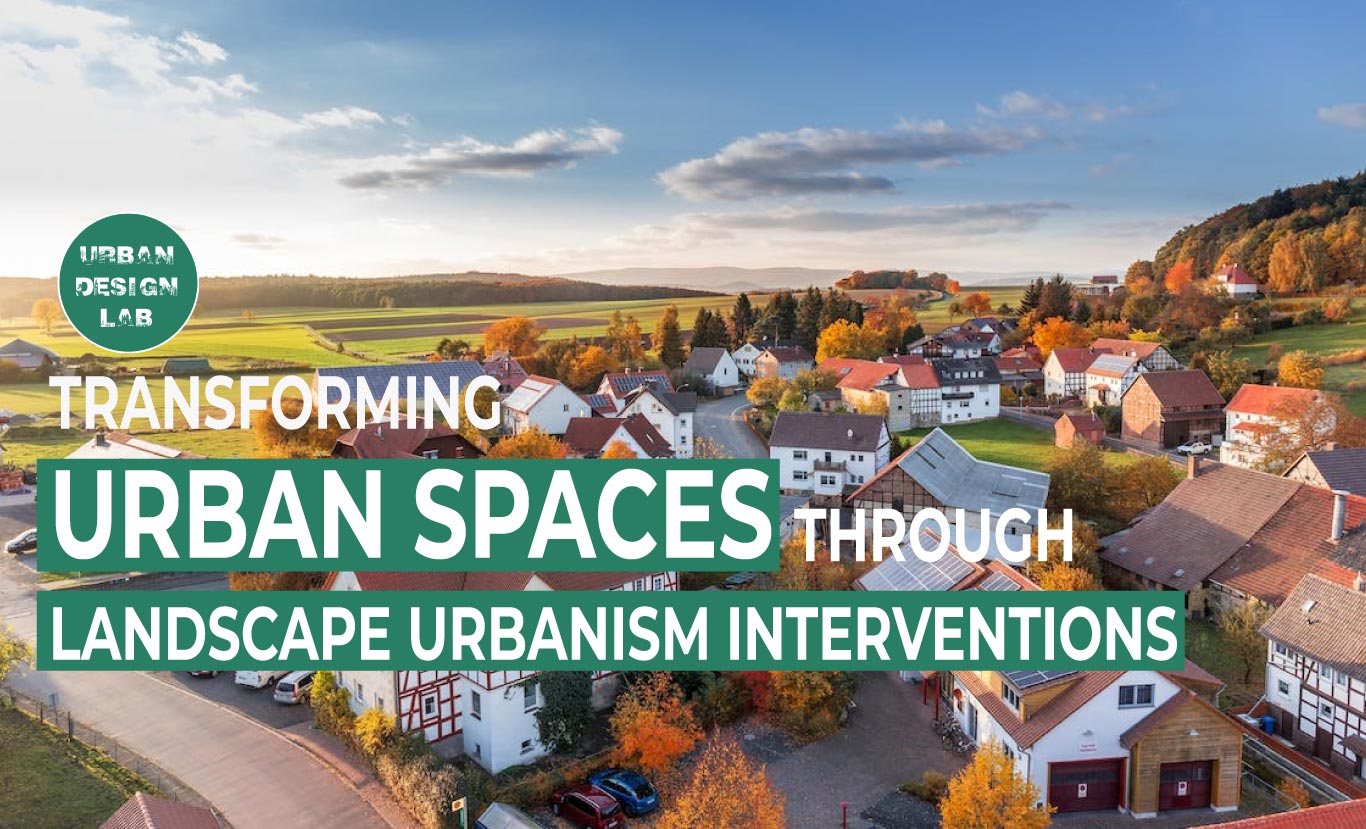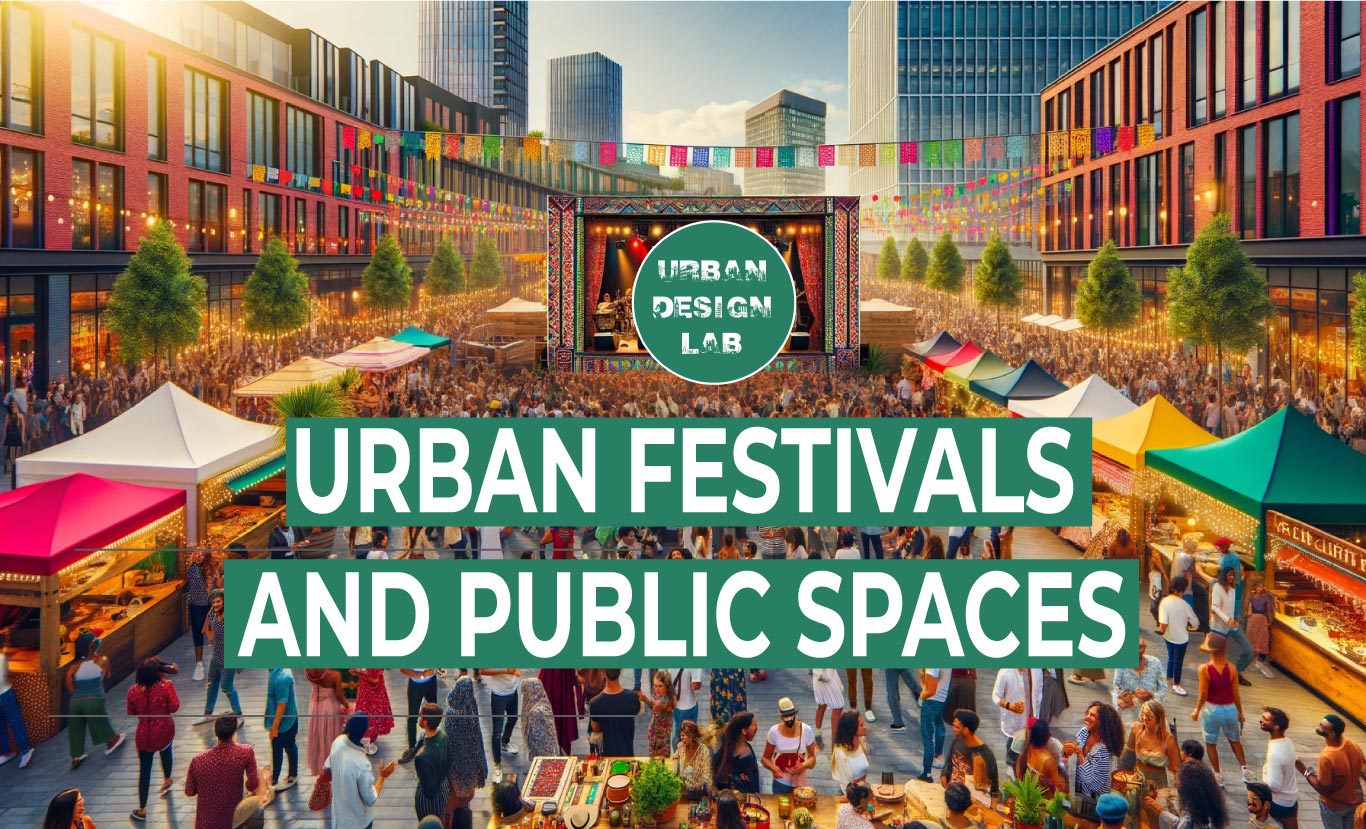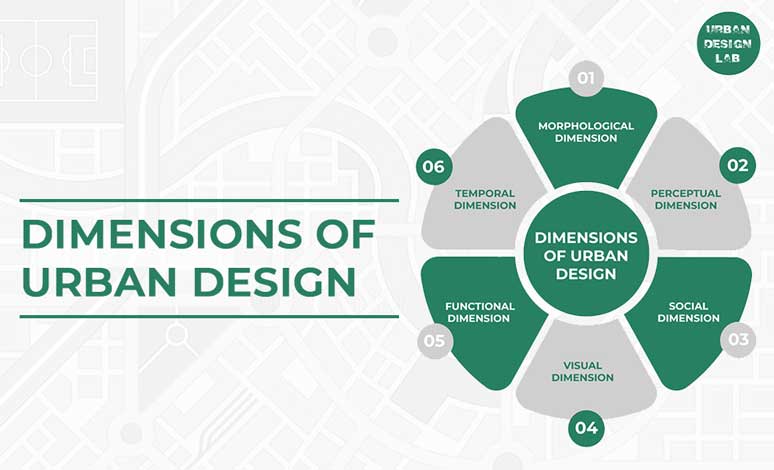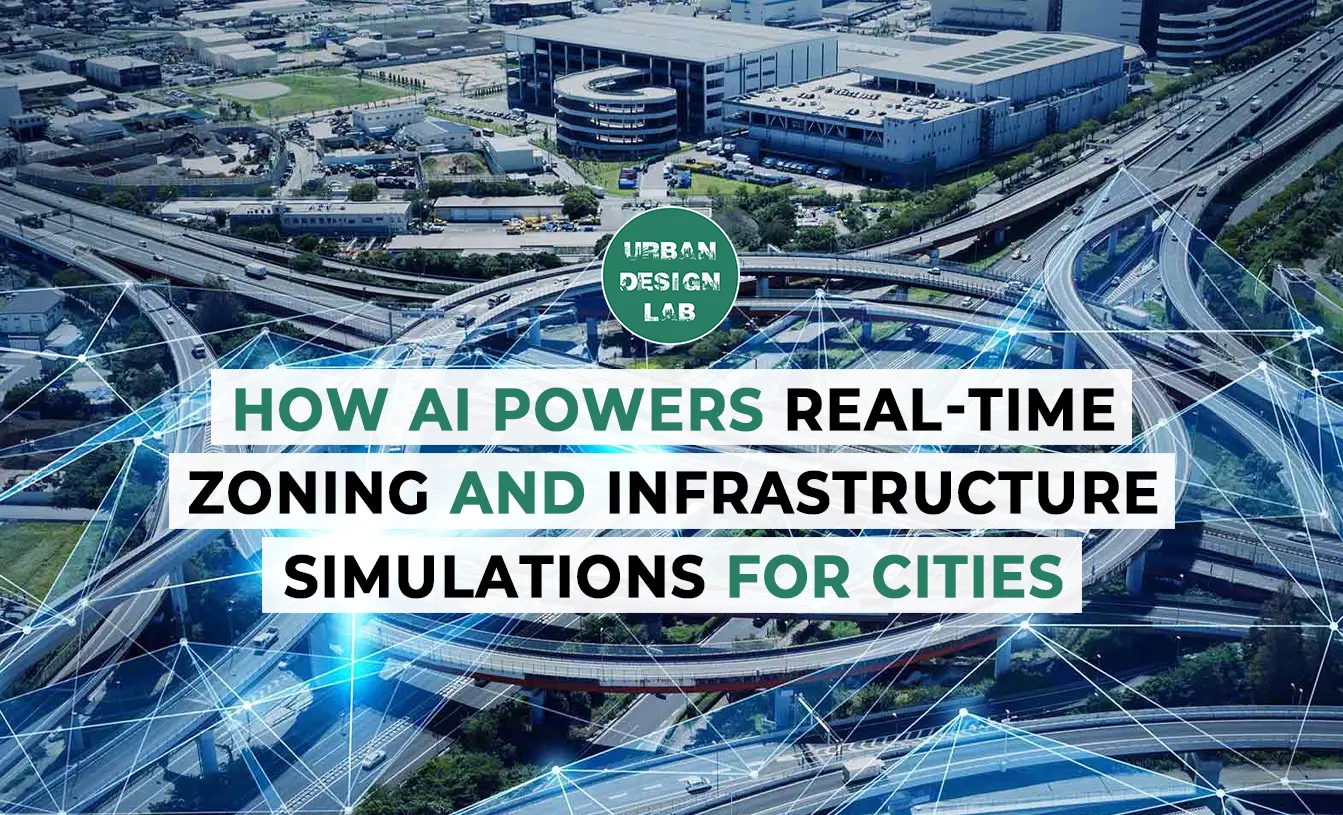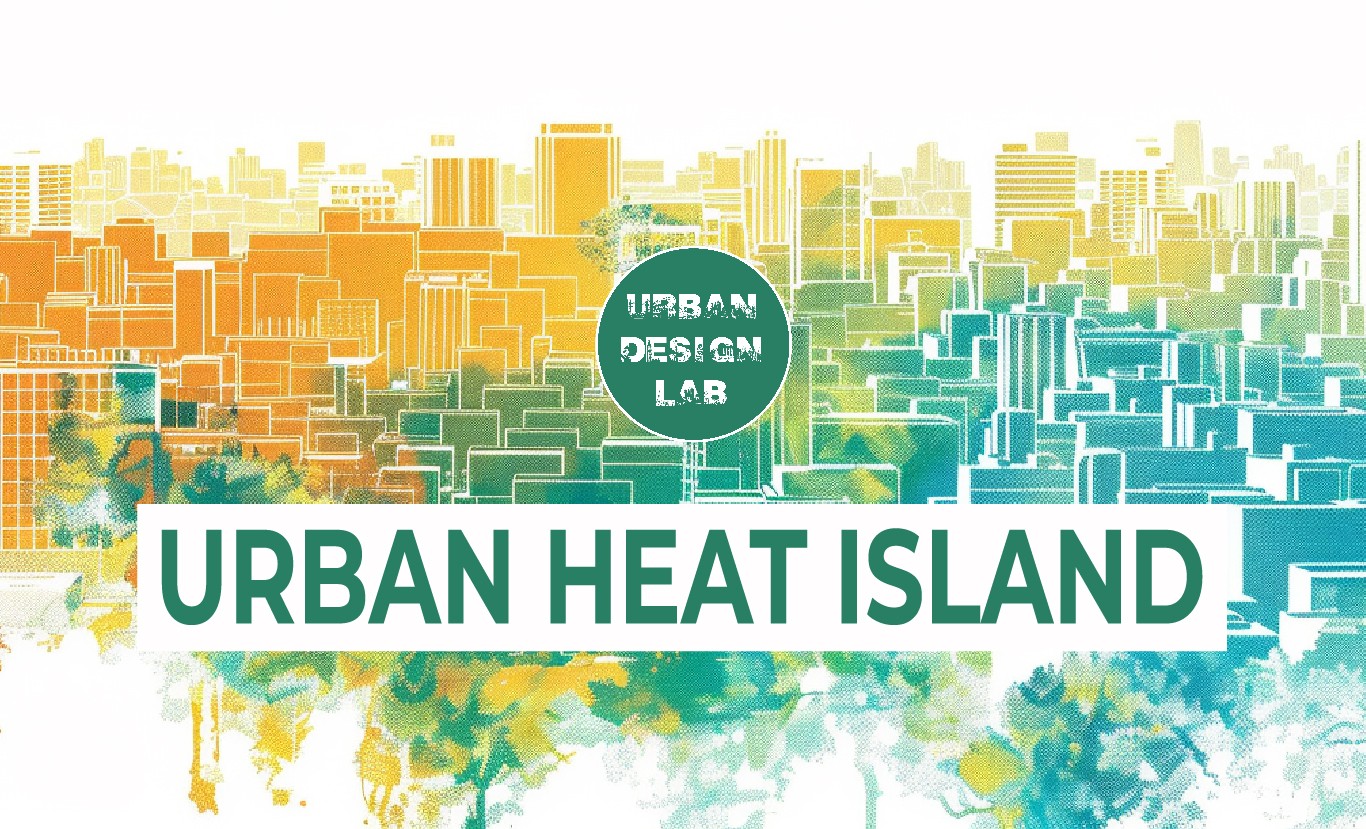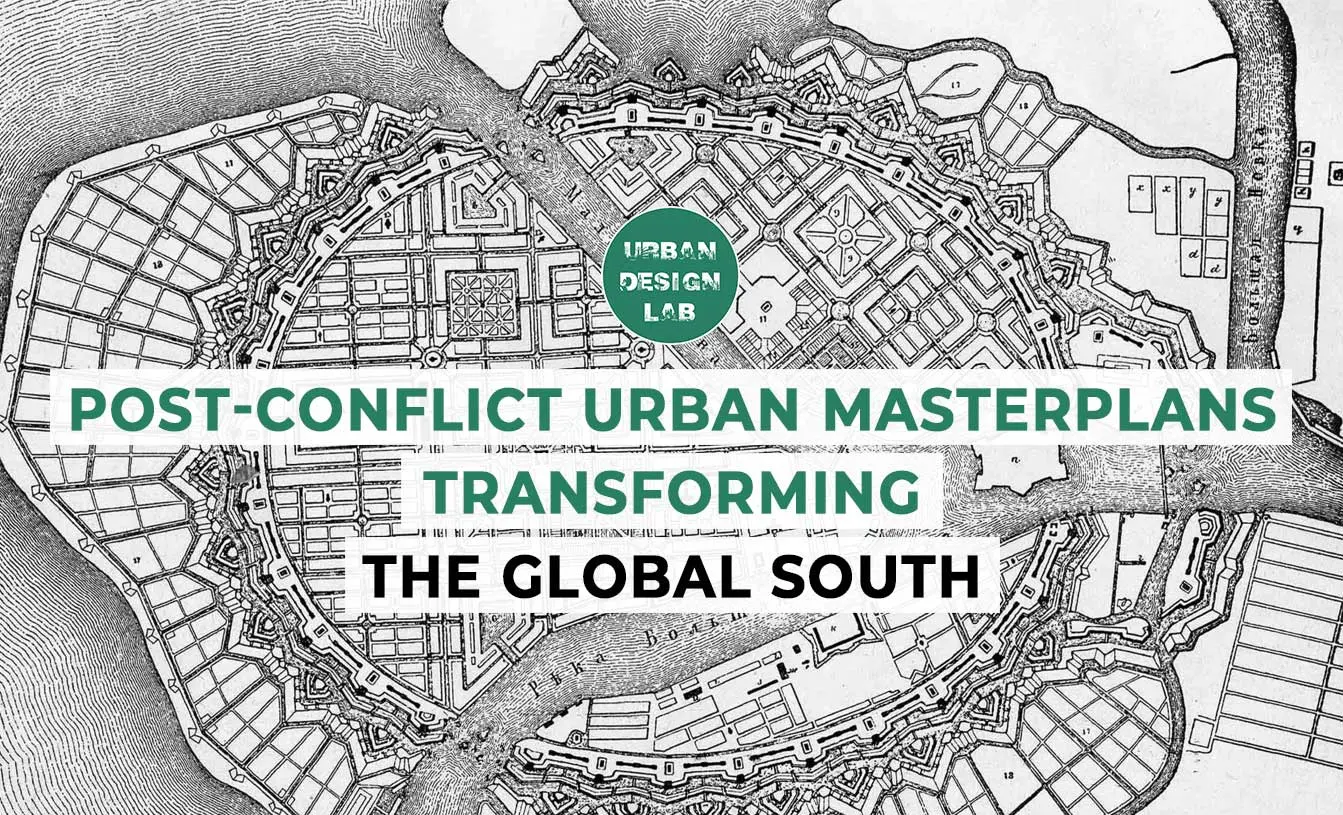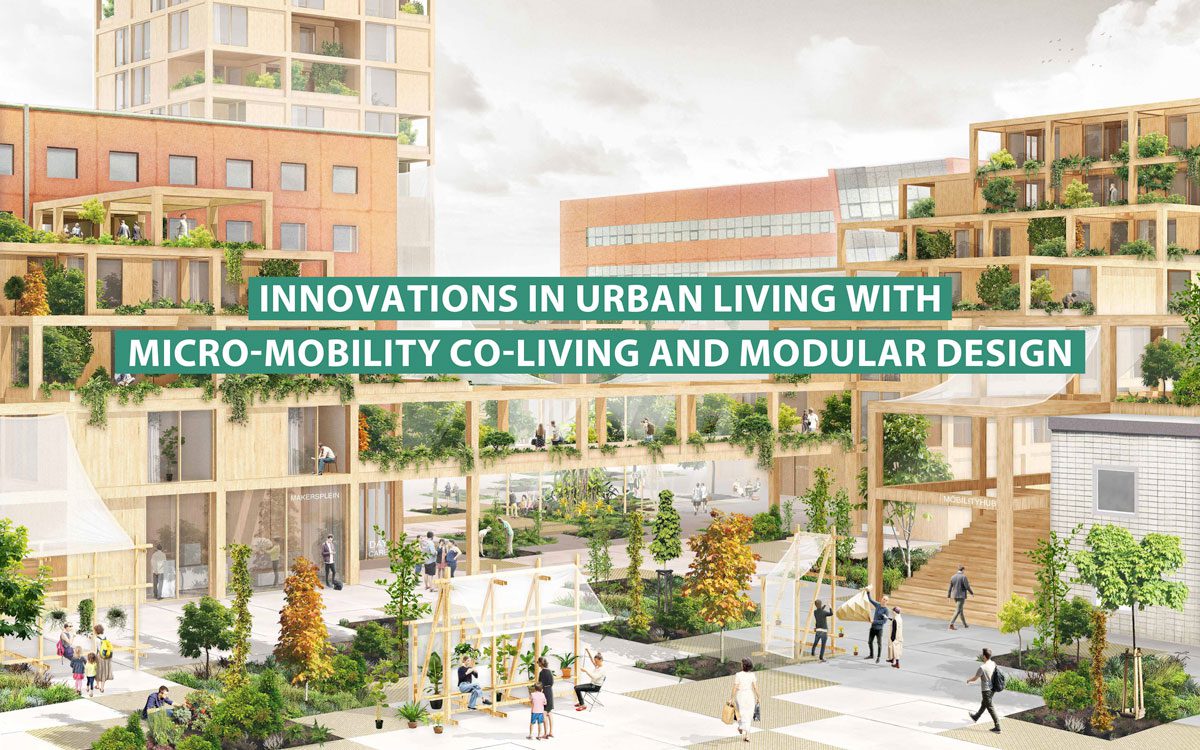
Exploring Indian Urbanism: The Growth of Indian Cities
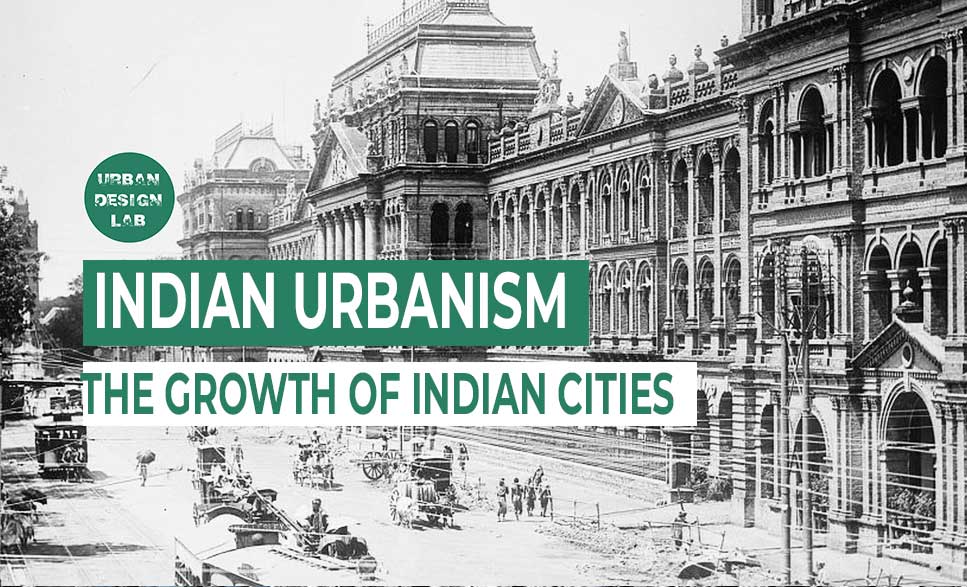
India’s economy, which is among the fastest-growing in the world, has witnessed tremendous urbanisation in recent years. Indian cities are developing at a pace unlike any other because an estimated 34% of the population lives in urban regions. This article sheds light on the expansion and modernization of Indian cities, as well as the difficulties they encounter and the solutions they have adopted.
Introduction to Indian Urbanism
India has a long and varied tradition of urbanisation that dates back to the Indus Valley civilization, where towns like Harappa and Mohenjo-Daro were meticulously designed. However, the British colonial era, which saw the introduction of the idea of planned cities like Delhi, Kolkata, and Mumbai, is largely to blame for the present type of urbanization in India. As a result, well-planned cities with cutting-edge services and infrastructure were built, drastically altering the urban landscape of India.
Since then, urbanisation has been a key factor in India’s development. Numerous cities have developed into global commercial and investment hubs for trade, commerce, and industry. Urbanization has become even more of a problem in India due to the country’s booming economy, since many people are moving from rural areas to urban areas in quest of better work prospects and living conditions. India now has a significantly larger urban population, and urbanization is still essential to the growth of the nation.
History of Indian Urbanism
The history of Indian urbanism can be traced back to the Indus Valley Civilization, where cities like Harappa and Mohenjo-Daro were well-planned and organized. However, the modern urbanization of India can be attributed to the British colonial rule, which brought in the concept of planned cities like Delhi, Kolkata, and Mumbai.
After India gained independence in 1947, the government launched several urban development programs like the Five-Year Plans, which aimed to provide basic amenities and infrastructure in Indian cities. The Jawaharlal Nehru National Urban Renewal Mission (JNNURM), launched in 2005, aimed to create “economically productive, efficient, equitable, and responsive cities.”
Today, India is witnessing a new wave of urbanization, characterized by the growth of Tier-II and Tier-III cities. According to a report by McKinsey Global Institute, India will have 68 cities with a population of over one million by 2030, up from 42 cities in 2010.
Growth and Development of Indian Cities
India has had impressive urban growth and development over the past few decades, particularly in terms of urbanisation and economic prospects. Cities like Bangalore, Hyderabad, Pune, and Chennai in particular have become important IT hubs in the nation, drawing considerable investment from domestic and foreign businesses. The development of new financial institutions and the expansion of old ones have caused the financial industry in Mumbai, which has continued to be India’s financial center, to grow quickly.
These cities have experienced remarkable growth, which can be linked to a number of causes including urbanization, liberalization, and globalisation. Early 1990s liberalisation measures exposed the Indian economy to the world market, bringing in a flood of capital, know-how, and technology from abroad. As a result, there were many job opportunities established, which raised the per capita income and, in turn, raised people’s standards of living.

Challenges Faced by Indian Cities
Numerous obstacles are preventing the growth and development of Indian cities. The lack of basic amenities is one of the major difficulties. There is still a long way to go in providing these amenities despite the government’s best efforts. For instance, according to a survey by the National Sample Survey Office, just 37% of Indian families have access to tap water, and 22% of houses lack any kind of sanitory infrastructure. Another issue is the under-supply of healthcare facilities, which are ill-equipped to meet the demands of the expanding population.
Another significant problem that Indian cities deal with is traffic congestion. The rise in vehicles has caused traffic congestion, which causes air pollution, time loss, and an increase in traffic accidents. The Ministry of Road Transport and Highways said that over 150,000 people died in traffic accidents in 2018.
Additionally, slums have been developed as a result of unplanned and uncontrolled urbanisation. These slums are a breeding ground for diseases and lack basic services. The Ministry of Housing and Urban Affairs said that 65 million slum homes existed in India in 2011 as opposed to 52.3 million in 2001. To guarantee that the population residing in these places can have access to the fundamental necessities required for a respectable standard of living, this issue needs to be addressed promptly.
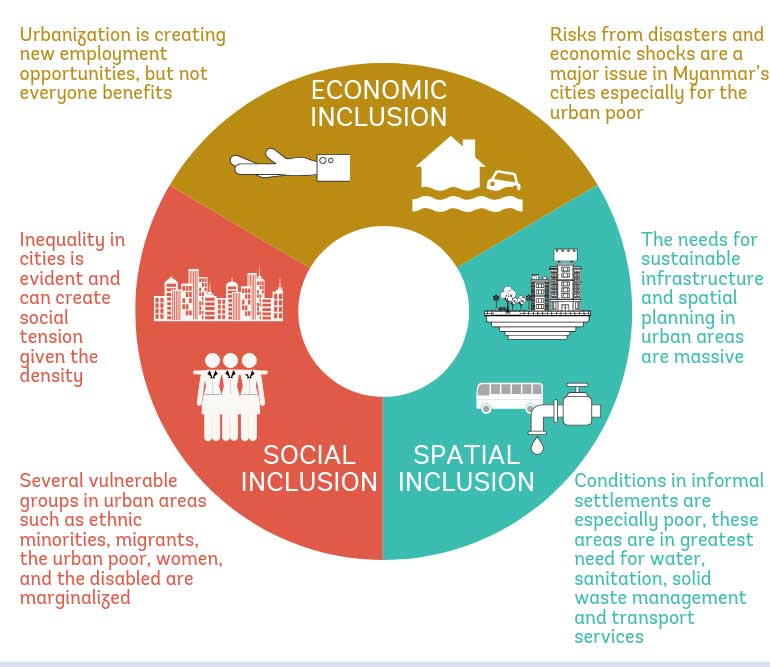
Strategies Implemented to Overcome Challenges
To address the issues Indian cities are facing, the Indian government has launched a number of programmes. One such programme is the Smart Cities Mission, which was introduced in 2015 and aims to create 100 smart cities throughout the nation. The goal is to make cities more livable by utilising technology, sustainability, and citizen engagement. Under this objective, initiatives are performed to enhance cities’ transportation, waste management, infrastructure, and other essential amenities after cities are chosen through a competitive selection procedure.
The National Urban Transport Policy and the Pradhan Mantri Gram Sadak Yojana, which aims to increase the connectivity of rural areas, are only two of the programmes the government has introduced to solve the problem of traffic congestion. In order to decrease the amount of cars on the road, the government is also encouraging people to use public transportation, bicycles, and walking.
The Jawaharlal Nehru National Urban Renewal Mission and the Atal Mission for Rejuvenation and Urban Transformation, which seek to improve the living conditions of slum inhabitants, were both established by the government to address the issue of slums. In order to provide homes for the urban poor, the government is also supporting affordable housing programmes.
To increase investment and creativity in urban development, in addition to these measures, the private sector’s participation and public-private partnerships are also encouraged. Overall, the government is employing a multifaceted strategy to solve the issues Indian cities are facing and to promote equitable and sustainable urban growth.
Case Studies and Examples
To illustrate the growth and development of Indian cities, let’s take a look at a few case studies and examples:
Bangalore
Bangalore’s growth and development in the context of Indian urbanism is significant. The city has experienced rapid urbanization, with a surge in population from 5 million in 2001 to over 12 million in 2021. The growth of Bangalore’s IT industry has been a major driver of its economic development, attracting both domestic and foreign investment. The city’s success in the IT sector can be attributed to a favorable business environment, supportive government policies, and the presence of world-class educational institutions that produce a skilled workforce.
Moreover, Bangalore has also become a center for research and development in various fields, such as biotechnology, aerospace, and defense. The establishment of numerous research institutions and technology parks has led to the growth of a knowledge-based economy in the city.
However, this rapid growth has also brought with it various challenges, such as traffic congestion, inadequate infrastructure, and environmental degradation. The government and local authorities have taken measures to address these issues, such as the development of public transportation systems like the metro and bus rapid transit, the implementation of waste management and recycling programs, and the promotion of green initiatives like tree planting and rainwater harvesting.
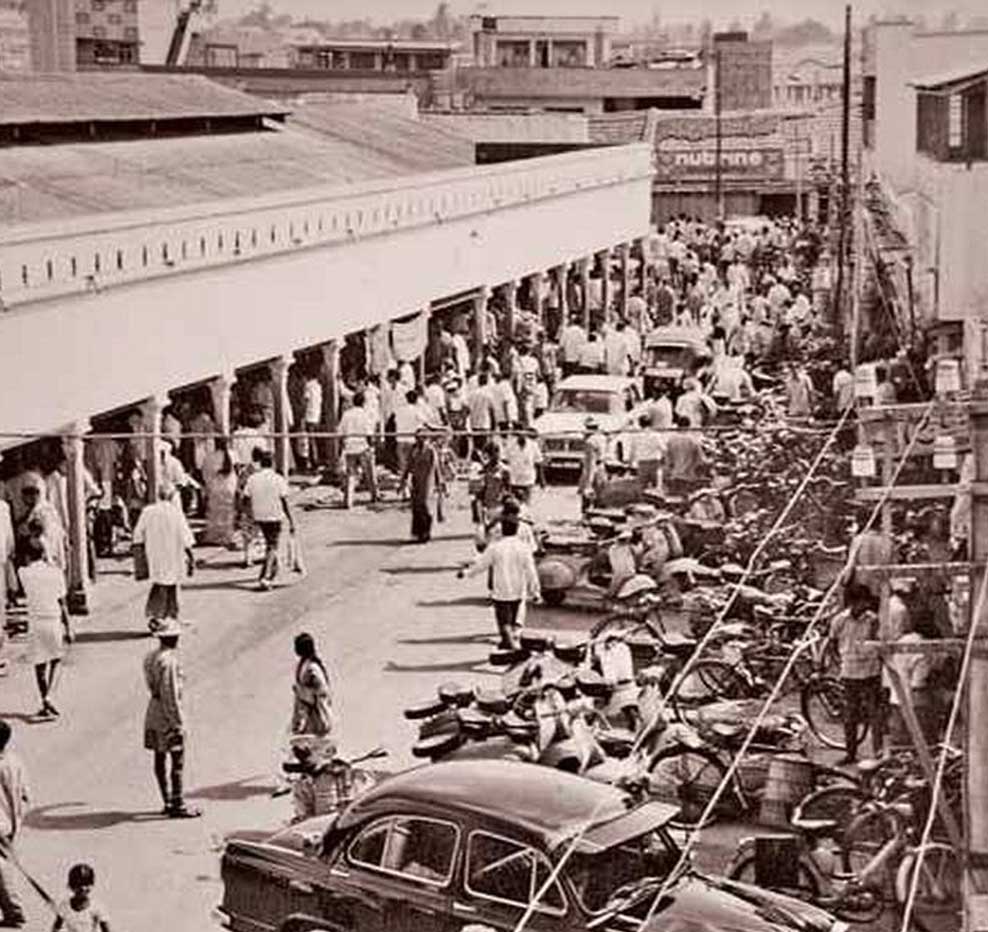
Juxtaposition of Chaos and Order: A striking comparison of the old and new Bangalore traffic captures the city's constant battle between its traditional charm and its modern-day hustle and bustle.
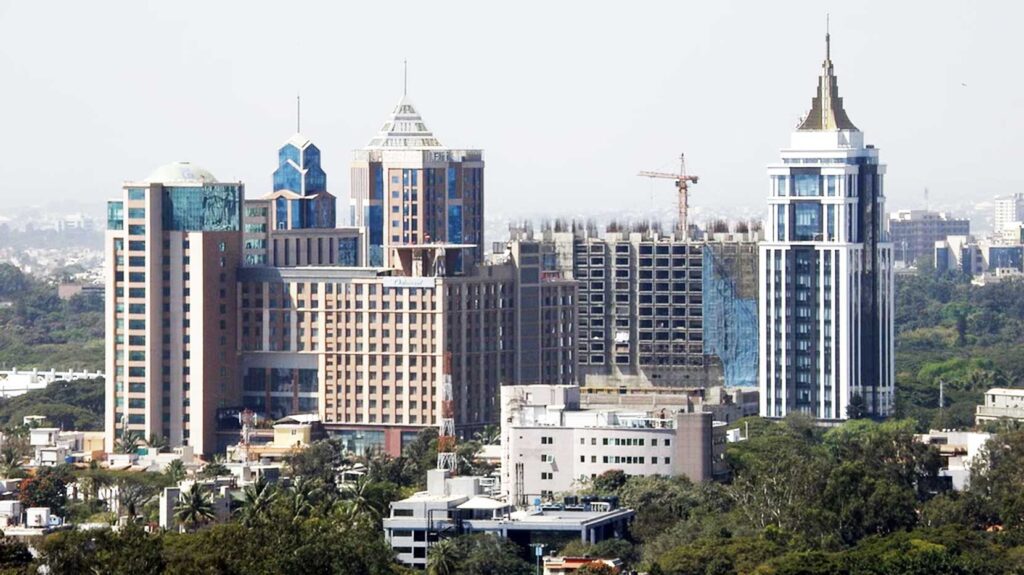
Jaipur
One of the few planned towns in India, Jaipur is renowned for its stunning architecture and extensive cultural history. It is also the capital of Rajasthan. The ancient Indian concepts of Vastu Shastra and Shilpa Shastra, which emphasise the harmonious coexistence of the built environment and nature, had an impact on the city’s planning and architecture.
Maharaja Jai Singh II founded Jaipur in 1727, and Vidyadhar Bhattacharya, the principal architect of the royal court, was responsible for its creation. Wide roadways and avenues that made it simple to move people and goods across the city were part of its grid-style planning. The City Palace, Hawa Mahal, and Jantar Mantar, three of the city’s most notable structures, were created to honour Rajasthan’s rich architectural and cultural legacy.
The expansion of the tourism sector and the existence of numerous sectors including textiles, gems and jewelry, and handicrafts are only a few of the reasons for the city’s growth and development in recent years. The Jaipur growth Authority, which is in charge of the city’s infrastructure and planning, is one effort the government has used to encourage the growth of the city.
The administration has also taken action to safeguard the city’s history and advance sustainable development. For instance, the Jaipur Metro, which was introduced in 2015, has made it simple to reach the city’s tourist sites and landmarks while simultaneously reducing air pollution and traffic congestion. The Jaipur Literature Festival, which draws visitors and tourists from all over the world, is one of the government’s many endeavours to promote the city’s cultural history.
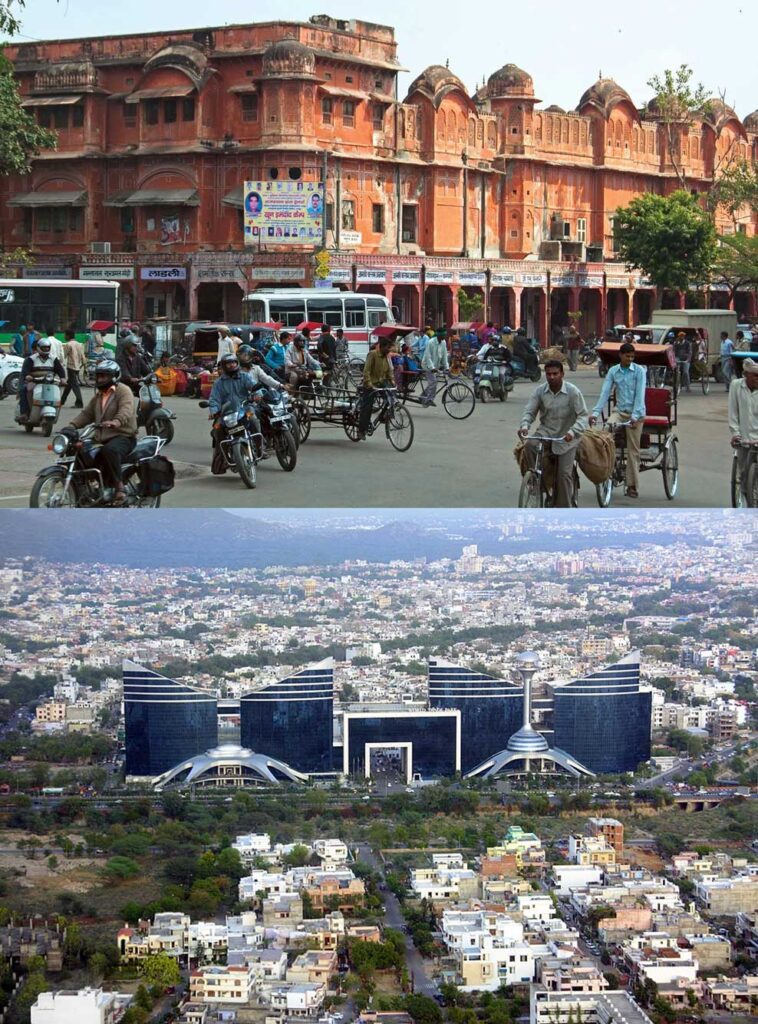
From Royal Past to Modern Present: A stunning view of the old and new city of Jaipur, capturing the city's timeless beauty and its evolution into a modern hub of culture and commerce
Ahmedabad
One of India’s cities with the highest population growth, Ahmedabad is renowned for its thriving culture and innovative spirit. The city’s expansion and development may be linked to a number of elements, including its advantageous location, encouraging governmental initiatives, and top-tier educational facilities.
Gujarat, one of the most industrially advanced states in India, is where Ahmedabad is situated. With several top pharmaceutical companies headquartered there, including Zydus Cadila, Torrent Pharmaceuticals, and Intas Pharmaceuticals, the city has become a centre for the pharmaceutical industry. These businesses’ presence has greatly boosted the city’s economy and produced a large number of job possibilities.
Several notable educational institutions, including the Indian Institute of Management (IIM), the National Institute of Design (NID), and the Indian Institute of Technology, are also located in the city. (IIT). Some of the nation’s sharpest brains have come out of these institutions and gone on to become prosperous business leaders and entrepreneurs.
Gujarat’s government has taken the initiative to encourage innovation and entrepreneurship in the area. A number of industrial estates have been established in and around the city by the Gujarat Industrial Development Corporation (GIDC), offering firms top-notch facilities and infrastructure.
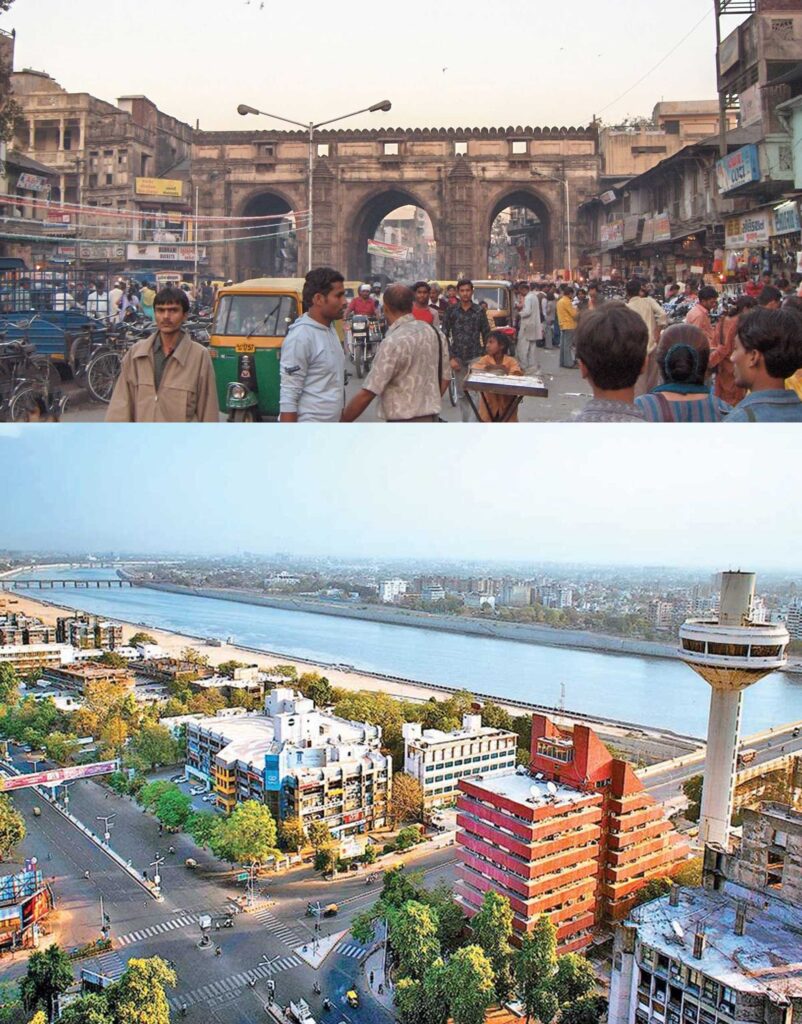
Heritage and Progress: A mesmerizing contrast between the old and new city of Ahmedabad, showcasing the city's rich cultural legacy and its modern-day transformation into a bustling metropolis.
Hyderabad
Hyderabad is a city in southern India that is well-known for its IT sector, history, and culture. In the last few decades, the city has experienced substantial expansion and development, particularly in the IT industry. Numerous factors, including the presence of famous educational institutions like the Indian School of Business (ISB), the International Institute of Information Technology (IIIT), and the Indian Institute of Technology Hyderabad, have contributed to the growth of Hyderabad’s IT industry. (IIT-H). The government’s proactive initiatives to support innovation and entrepreneurship have also significantly contributed to the expansion of the IT sector in Hyderabad.
Hyderabad has become a centre for the pharmaceutical and biotechnology industries in addition to the IT sector. Numerous R&D facilities for global pharmaceutical corporations including Novartis, Dr. Reddy’s Laboratories, and Aurobindo Pharma are located in the city.
The government’s infrastructural initiatives, such as the creation of the Outer Ring Road, the Hyderabad Metro, and the extension of the Rajiv Gandhi International Airport, have also aided in the growth and development of the city. The Hyderabad Growth Corridor project, which aims to develop an integrated township over 12,700 acres, and the Hyderabad Information Technology and Engineering Consultancy City (HITEC City), which has grown to be a significant IT hub in the city, are just a few of the initiatives the government has undertaken.
Globalization, liberalization, and urbanisation have all contributed to Hyderabad’s growth and development over the past few decades, which has led to the establishment of numerous job possibilities, an increase in per capita income, and a rise in the standard of living.
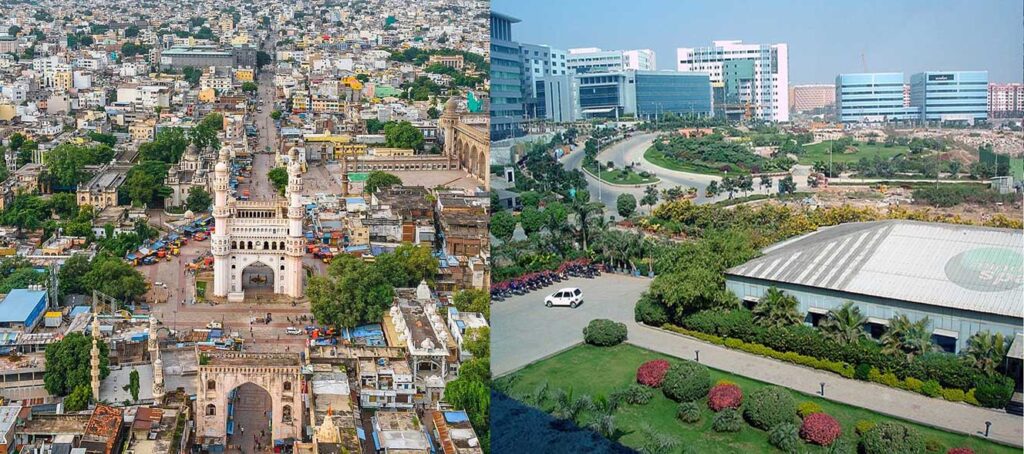
Where Tradition Meets Modernity: A captivating view of the contrasting old and new city of Hyderabad, showcasing the city's rich history and contemporary development
Mumbai
Bombay, commonly known as Mumbai, is one of India’s largest cities and the country’s financial centre. Over the years, the city has experienced great expansion and development, becoming as a significant hub for trade, commerce, and industry.
The city’s expansion can be attributed to a number of elements, such as its advantageous location on India’s western coast, its first-rate port facilities, and the presence of several illustrious educational institutions like the Indian Institute of Technology (IIT) and the Tata Institute of Social Sciences. (TISS).
Several industries, including finance, IT, entertainment, and manufacturing, are the main drivers of Mumbai’s economy. The Bombay Stock Exchange, the National Stock Exchange of India, and numerous international firms, including Tata, Reliance, and Mahindra, are all located in the city.
A significant part of the city’s growth story has also been the construction of its infrastructure. The Mumbai-Pune Expressway has expedited the transportation of products and people between Mumbai and Pune, while the city’s rapid transit system, the Mumbai Metro, has significantly improved connection. The Juhu Aerodrome and Chhatrapati Shivaji Maharaj International Airport serve the city’s airports, which annually handle millions of passengers and tonnes of cargo.
Traffic congestion, poor public transportation, and a shortage of affordable housing are just a few of the city’s problems. In order to solve these problems, the Maharashtra government and the Municipal Corporation of Greater Mumbai have taken a number of actions, including building additional roads and highways, expanding the metro system, and creating projects for low-cost housing.
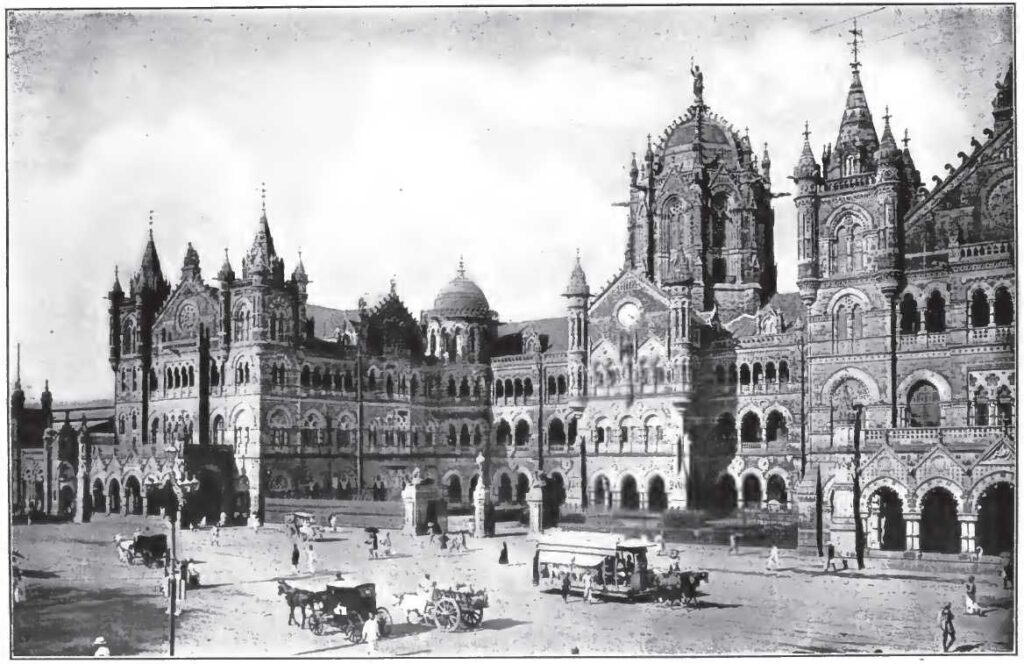
Timeless Beauty: A stunning contrast between the old and new captures the essence of Mumbai's iconic Chhatrapati Shivaji Maharaj Terminus
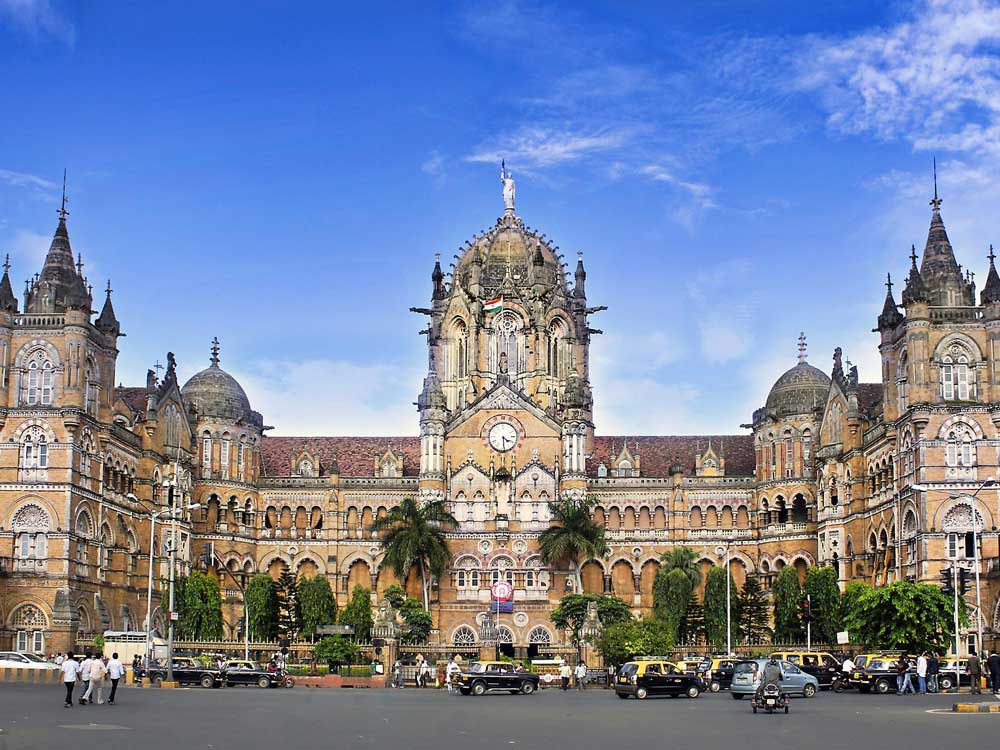
Overall, these case studies and examples demonstrate the diverse and dynamic nature of Indian cities and the various factors that have contributed to their growth and development over the years. Indian urbanism is a complex and multifaceted process, characterized by rapid growth and development. While Indian cities face several challenges, the initiatives taken by the government provide hope for a better future. The growth of Indian cities is not only essential for the country’s economy but also for the betterment of the citizens’ quality of life.

Urban Design Lab
About the Author
This is the admin account of Urban Design Lab. This account publishes articles written by team members, contributions from guest writers, and other occasional submissions. Please feel free to contact us if you have any questions or comments.
Conclusion
References
About the author
Related articles


Periodic Table for Urban Design and Planning Elements


History of Urban Planning in India

Kim Dovey: Leading Theories on Informal Cities and Urban Assemblage

Top Urban Destinations for Architecture Tours Beyond the Usual Stops
UDL GIS
Masterclass
Gis Made Easy- Learn to Map, Analyse and Transform Urban Futures
Session Dates
15th-19th December 2025

Urban Design Lab
Be the part of our Network
Stay updated on workshops, design tools, and calls for collaboration
Curating the best graduate thesis project globally!

Free E-Book
From thesis to Portfolio
A Guide to Convert Academic Work into a Professional Portfolio”
Recent Posts
- Article Posted:
- Article Posted:
- Article Posted:
- Article Posted:
- Article Posted:
- Article Posted:
- Article Posted:
- Article Posted:
- Article Posted:
- Article Posted:
- Article Posted:
Sign up for our Newsletter
“Let’s explore the new avenues of Urban environment together “



























